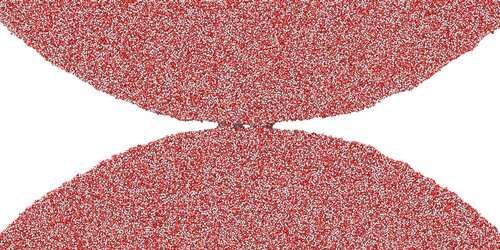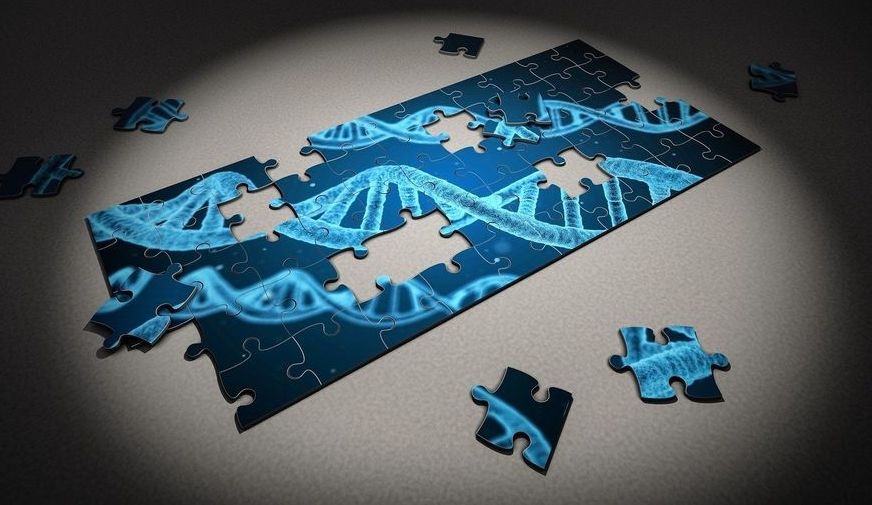Dr. Rico explained: “When we compare human genomes from different people, we see that they are way more different than we initially expected when the Human Genome Project was declared to be ”completed” in 2003. One of the main contributions to these differences are the so called Copy Number Variable (CNV) regions. CNV regions are in different copy number depending on each individual, and their variability can be greater in some human populations than others. The number of copies of CNV regions can contribute to both normal phenotypic variability in the populations and susceptibility to certain diseases.
Research has shown a direct relationship between mutations in introns and variability in human populations.
One of the greatest challenges of genomics is to reveal what role the ”dark side” of the human genome plays: those regions where it has not yet been possible to find specific functions. The role that introns play within that immense part of the genome is especially mysterious. The introns, which represent almost half the size of the human genome, are constitutive parts of genes that alternate with regions that code for proteins, called exons.
Research published in PLOS Genetics, led by Alfonso Valencia, ICREA, director of the Life Sciences department of the Barcelona Supercomputing Center-National Supercomputing Center (BSC) and Dr. Daniel Rico of the Institute of Cellular Medicine, Newcastle University has analysed how introns are affected by copy number variants (CNV). CNVs are genomic variants that result in the presence (even in multiple copies) or absence of regions of the genome in different individuals.







